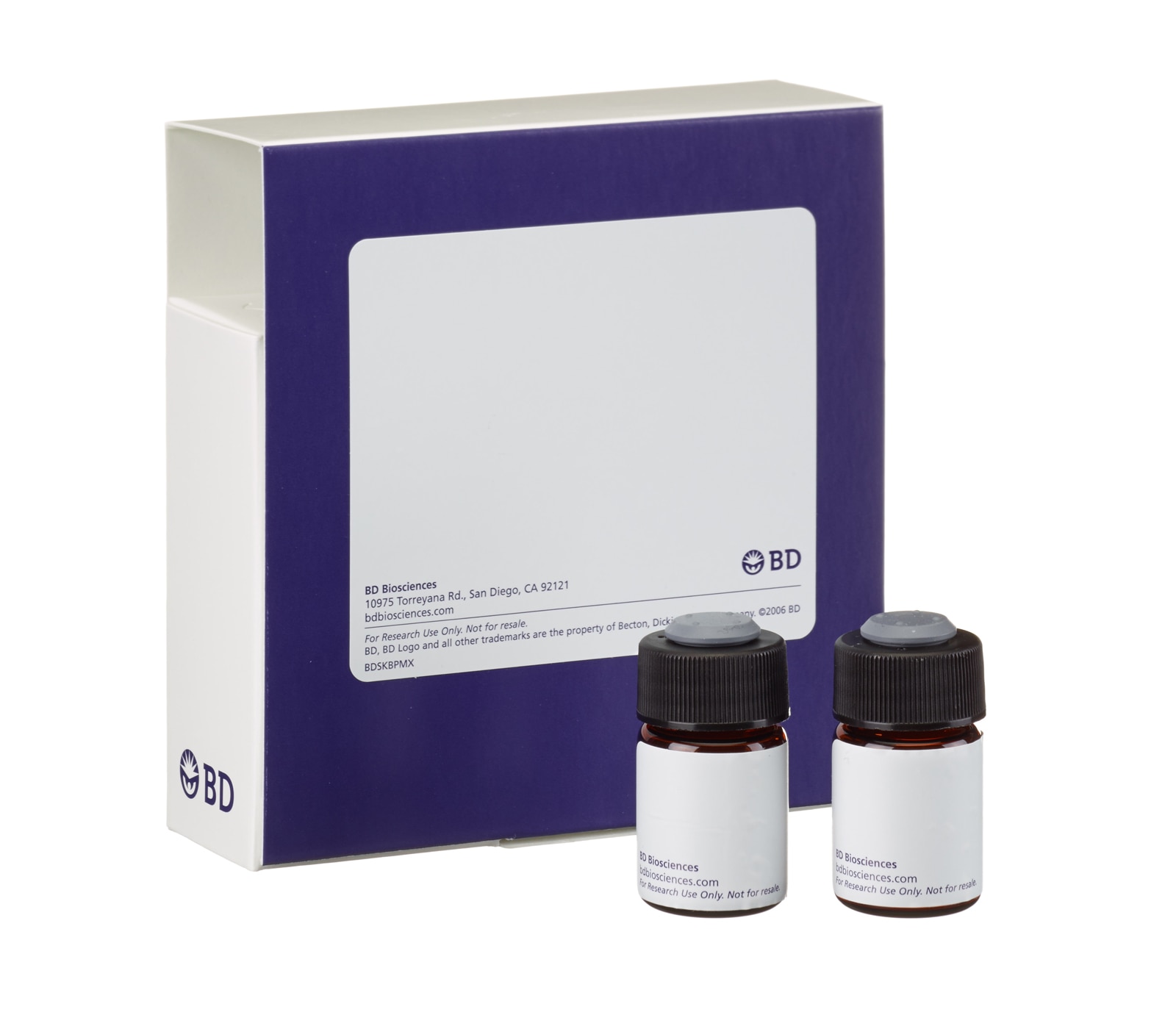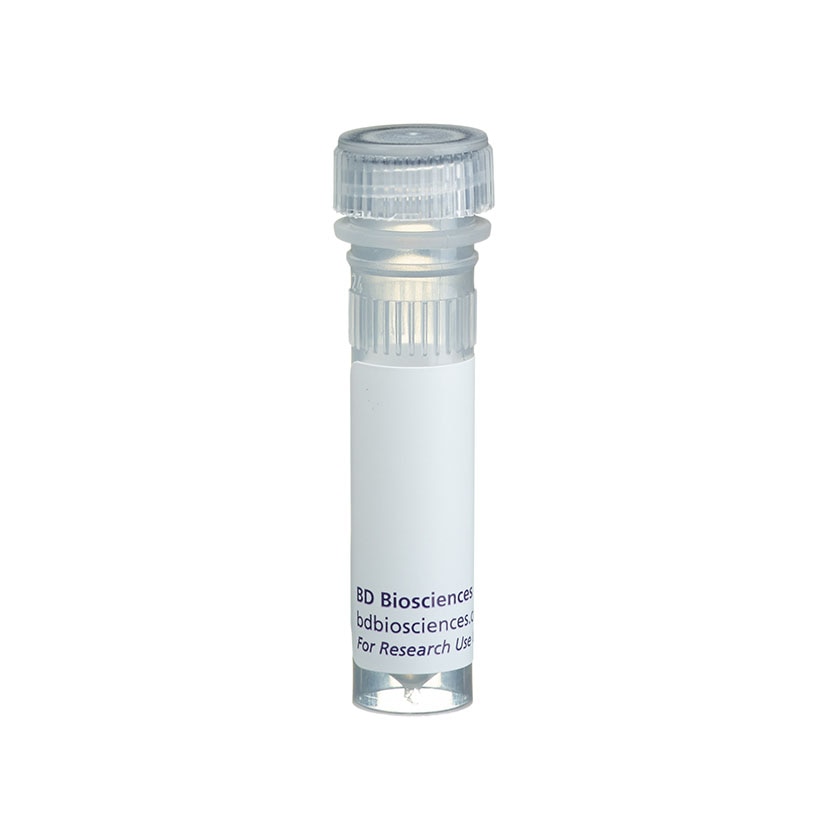-
Reagents
- Flow Cytometry Reagents
-
Western Blotting and Molecular Reagents
- Immunoassay Reagents
-
Single-Cell Multiomics Reagents
- BD® OMICS-Guard Sample Preservation Buffer
- BD® AbSeq Assay
- BD® Single-Cell Multiplexing Kit
- BD Rhapsody™ ATAC-Seq Assays
- BD Rhapsody™ Whole Transcriptome Analysis (WTA) Amplification Kit
- BD Rhapsody™ TCR/BCR Next Multiomic Assays
- BD Rhapsody™ Targeted mRNA Kits
- BD Rhapsody™ Accessory Kits
- BD® OMICS-One Protein Panels
-
Functional Assays
-
Microscopy and Imaging Reagents
-
Cell Preparation and Separation Reagents
-
- BD® OMICS-Guard Sample Preservation Buffer
- BD® AbSeq Assay
- BD® Single-Cell Multiplexing Kit
- BD Rhapsody™ ATAC-Seq Assays
- BD Rhapsody™ Whole Transcriptome Analysis (WTA) Amplification Kit
- BD Rhapsody™ TCR/BCR Next Multiomic Assays
- BD Rhapsody™ Targeted mRNA Kits
- BD Rhapsody™ Accessory Kits
- BD® OMICS-One Protein Panels
- New Zealand (English)
-
Change country/language
Old Browser
Looks like you're visiting us from United States.
Would you like to stay on the current country site or be switched to your country?
BD Pharmingen™ Mouse T Lymphocyte Subset Antibody Cocktail, with Isotype Control; PE-Cy™7 CD3e, PE CD4, and FITC CD8

Identification of splenic T lymphocyte subsets using Mouse T Lymphocyte Subset Antibody Cocktail, with Isotype Control. BALB/c splenocytes were stained with Mouse T Lymphocyte Subset Isotype Control (left panels) or Mouse T Lymphocyte Subset Antibody Cocktail (right panels). The two-color dot plots display the CD4+ and CD8+ peripheral T lymphocyte subpopulations. Flow cytometry was performed on a BD FACSCalibur™ flow cytometry system.



Identification of splenic T lymphocyte subsets using Mouse T Lymphocyte Subset Antibody Cocktail, with Isotype Control. BALB/c splenocytes were stained with Mouse T Lymphocyte Subset Isotype Control (left panels) or Mouse T Lymphocyte Subset Antibody Cocktail (right panels). The two-color dot plots display the CD4+ and CD8+ peripheral T lymphocyte subpopulations. Flow cytometry was performed on a BD FACSCalibur™ flow cytometry system.

Identification of splenic T lymphocyte subsets using Mouse T Lymphocyte Subset Antibody Cocktail, with Isotype Control. BALB/c splenocytes were stained with Mouse T Lymphocyte Subset Isotype Control (left panels) or Mouse T Lymphocyte Subset Antibody Cocktail (right panels). The two-color dot plots display the CD4+ and CD8+ peripheral T lymphocyte subpopulations. Flow cytometry was performed on a BD FACSCalibur™ flow cytometry system.



ImageTitle~BD Pharmingen™ Mouse T Lymphocyte Subset Antibody Cocktail, with Isotype Control; PE-Cy™7 CD3e, PE CD4, and FITC CD8


Regulatory Status Legend
Any use of products other than the permitted use without the express written authorization of Becton, Dickinson and Company is strictly prohibited.
Description
The Mouse T Lymphocyte Subset Antibody Cocktail is a three-color reagent designed to identify major subsets of T lymphocytes by direct immunofluorescent staining with flow cytometric analysis. This cocktail consists of the following antibody mixture: PE-Cy7 hamster anti-mouse CD3e (clone 145-2C11), PE rat anti-mouse CD4 (clone RM4-5), and FITC rat anti-mouse CD8a (clone 53-6.7).The 145-2C11 antibody reacts with the 25-kDa echain of the T-cell receptor-associated CD3 complex, which is expressed on thymocytes, mature T lymphocytes, and NK-T cells of all mouse strains tested. The RM4-5 antibody recognizes CD4 (L3T4), a differentiation antigen expressed on most thymocytes, subpopulations of mature T lymphocytes (i.e., MHC class II-restricted T cells, including most T-helper cells and immunosuppressive regulatory T cells), and a subset of NK-T cells in all mouse strains tested. CD4 has also been detected on pluripotent hematopoietic stem cells, bone-marrow myeloid and B-lymphocyte precursors, intrathymic lymphoid precursors, and a subset of splenic dendritic cells. The 53-6.7 antibody reacts with the 38-kDa α and 34-kDa α' chains of the CD8 differentiation antigen (Ly-2 or Lyt-2) expressed on most thymocytes, subpopulations of mature T lymphocytes (including MHC class I-restricted T suppressor/cytotoxic cells and subsets of γδ TCR-bearing cells and intestinal intraepithelial lymphocytes) of all mouse strains tested. CD8a is also expressed on a subset of dendritic cells. The three antibodies have been titrated and pre-diluted, mixed together, and formulated for optimal staining performance. The Mouse T Lymphocyte Subset Isotype Control contains equivalent concentrations of fluorochrome- and isotype-matched negative-control immunoglobulin.
The use of three different fluorochromes for the labeling of the three different antibodies permits the recognition of each of the three antigens on each cell in a sample. The levels of expression of the three antigens distinguish the major subpopulations of developing and peripheral T lymphocytes. Additional fluorochrome-labeled reagents may be combined with the Mouse T Lymphocyte Subset Antibody Cocktail, and the Mouse T Lymphocyte Subset Isotype Control, to further characterize T-cell subpopulations.
The Mouse T Lymphocyte Subset Isotype Control contains equivalent concentrations of fluorochrome- and isotype-matched negative-control immunoglobulin consisting of the following: PE-Cy7 Armenian hamster IgG1, κ (clone A19-3), and PE and FITC Rat IgG2a, κ (clone R35-95).
Preparation And Storage
Product Notices
- This reagent has been pre-diluted for use at the recommended Volume per Test. We typically use 1 × 10^6 cells in a 100-µl experimental sample (a test).
- Since applications vary, each investigator should titrate the reagent to obtain optimal results.
- Please refer to www.bdbiosciences.com/us/s/resources for technical protocols.
- For fluorochrome spectra and suitable instrument settings, please refer to our Multicolor Flow Cytometry web page at www.bdbiosciences.com/colors.
- PE-Cy7 is a tandem fluorochrome composed of R-phycoerythrin (PE), which is excited by 488-nm light and serves as an energy donor, coupled to the cyanine dye Cy7, which acts as an energy acceptor and fluoresces maximally at 780 nm. PE-Cy7 tandem fluorochrome emission is collected in a detector for fluorescence wavelengths of 750 nm and higher. Although every effort is made to minimize the lot-to-lot variation in the efficiency of the fluorochrome energy transfer, differences in the residual emission from PE may be observed. Therefore, we recommend that individual compensation controls be performed for every PE-Cy7 conjugate. PE-Cy7 is optimized for use with a single argon ion laser emitting 488-nm light, and there is no significant overlap between PE-Cy7 and FITC emission spectra. When using dual-laser cytometers, which may directly excite both PE and Cy7, we recommend the use of cross-beam compensation during data acquisition or software compensation during data analysis.
- Warning: Some APC-Cy7 and PE-Cy7 conjugates show changes in their emission spectrum with prolonged exposure to formaldehyde. If you are unable to analyze fixed samples within four hours, we recommend that you use BD™ Stabilizing Fixative (Cat. No. 338036).
- Please observe the following precautions: Absorption of visible light can significantly alter the energy transfer occurring in any tandem fluorochrome conjugate; therefore, we recommend that special precautions be taken (such as wrapping vials, tubes, or racks in aluminum foil) to prevent exposure of conjugated reagents, including cells stained with those reagents, to room illumination.
- Cy is a trademark of Amersham Biosciences Limited. This conjugated product is sold under license to the following patents: US Patent Nos. 5,486,616; 5,569,587; 5,569,766; 5,627,027.
- This product is subject to proprietary rights of Amersham Biosciences Corp. and Carnegie Mellon University and made and sold under license from Amersham Biosciences Corp. This product is licensed for sale only for research. It is not licensed for any other use. If you require a commercial license to use this product and do not have one return this material, unopened to BD Biosciences, 10975 Torreyana Rd, San Diego, CA 92121 and any money paid for the material will be refunded.
- Caution: Sodium azide yields highly toxic hydrazoic acid under acidic conditions. Dilute azide compounds in running water before discarding to avoid accumulation of potentially explosive deposits in plumbing.
- Source of all serum proteins is from USDA inspected abattoirs located in the United States.
| Description | Quantity/Size | Part Number | EntrezGene ID |
|---|---|---|---|
| N/A | 100.0 | N/A | N/A |
Development References (18)
-
Allman D, Li J, Hardy RR. Commitment to the B lymphoid lineage occurs before DH-JH recombination. J Exp Med. 1999; 189(4):735-740. (Biology). View Reference
-
Bendelac A. Mouse NK1+ T cells. Curr Opin Immunol. 1995; 7(3):367-374. (Biology). View Reference
-
Frederickson GG, Basch RS. L3T4 antigen expression by hemopoietic precursor cells. J Exp Med. 1989; 169(4):1473-1478. (Biology). View Reference
-
Godfrey DI, Kennedy J, Mombaerts P, Tonegawa S, Zlotnik A. Onset of TCR-β gene rearrangement and role of TCR-β expression during CD3-CD4-CD8- thymocyte differentiation. J Immunol. 1994; 152(10):4783-4792. (Biology). View Reference
-
Ledbetter JA, Herzenberg LA. Xenogeneic monoclonal antibodies to mouse lymphoid differentiation antigens. Immunol Rev. 1979; 47:63-90. (Biology). View Reference
-
Ledbetter JA, Rouse RV, Micklem HS, Herzenberg LA. T cell subsets defined by expression of Lyt-1,2,3 and Thy-1 antigens. Two-parameter immunofluorescence and cytotoxicity analysis with monoclonal antibodies modifies current views. J Exp Med. 1980; 152(2):280-295. (Biology). View Reference
-
Ledbetter JA, Seaman WE, Tsu TT, Herzenberg LA. Lyt-2 and lyt-3 antigens are on two different polypeptide subunits linked by disulfide bonds. Relationship of subunits to T cell cytolytic activity. J Exp Med. 1981; 153(6):1503-1516. (Biology). View Reference
-
Leo O, Foo M, Sachs DH, Samelson LE, Bluestone JA. Identification of a monoclonal antibody specific for a murine T3 polypeptide. Proc Natl Acad Sci U S A. 1987; 84(5):1374-1378. (Biology). View Reference
-
MacDonald HR, Schreyer M, Howe RC, Bron C. Selective expression of CD8 alpha (Ly-2) subunit on activated thymic gamma/delta cells. Eur J Immunol. 1990; 20(4):927-930. (Biology). View Reference
-
Martin P, del Hoyo GM, Anjuere F, et al. Concept of lymphoid versus myeloid dendritic cell lineages revisited: both CD8alpha(-) and CD8alpha(+) dendritic cells are generated from CD4(low) lymphoid-committed precursors. Blood. 2000; 96(7):2511-2519. (Biology). View Reference
-
Maruoka H, Ikarashi Y, Shinohara K, et al. A novel monoclonal antibody permitting recognition of NKT cells in various mouse strains. Biochem Biophys Res Commun. 1998; 242(2):413-418. (Biology). View Reference
-
Rocha B, Vassalli P, Guy-Grand D. The extrathymic T-cell development pathway. Immunol Today. 1992; 14(3):140-141. (Biology). View Reference
-
Shevach EM. Regulatory T cells in autoimmmunity. Annu Rev Immunol. 2000; 18:423-449. (Biology). View Reference
-
Traver D, Akashi K, Manz M, et al. Development of CD8alpha-positive dendritic cells from a common myeloid progenitor. Science. 2000; 290(5499):2152-2154. (Biology). View Reference
-
Wineman JP, Gilmore GL, Gritzmacher C, Torbett BE, Muller-Sieburg CE. CD4 is expressed on murine pluripotent hematopoietic stem cells. Blood. 1992; 180(7):1717-1724. (Biology). View Reference
-
Wu L, Antica M, Johnson GR, Scollay R, Shortman K. Developmental potential of the earliest precursor cells from the adult mouse thymus. J Exp Med. 1991; 174(6):1617-1627. (Biology). View Reference
-
Wu L, Scollay R, Egerton M, Pearse M, Spangrude GJ, Shortman K. CD4 expressed on earliest T-lineage precursor cells in the adult murine thymus. Nature. 1991; 349(6304):71-74. (Biology). View Reference
-
van Ewijk W, van Soest PL, van den Engh GJ. Fluorescence analysis and anatomic distribution of mouse T lymphocyte subsets defined by monoclonal antibodies to the antigens Thy-1, Lyt-1, Lyt-2, and T-200. J Immunol. 1981; 127(6):2594-2604. (Biology). View Reference
Please refer to Support Documents for Quality Certificates
Global - Refer to manufacturer's instructions for use and related User Manuals and Technical data sheets before using this products as described
Comparisons, where applicable, are made against older BD Technology, manual methods or are general performance claims. Comparisons are not made against non-BD technologies, unless otherwise noted.
For Research Use Only. Not for use in diagnostic or therapeutic procedures.
Refer to manufacturer's instructions for use and related User Manuals and Technical Data Sheets before using this product as described.
Comparisons, where applicable, are made against older BD technology, manual methods or are general performance claims. Comparisons are not made against non-BD technologies, unless otherwise noted.